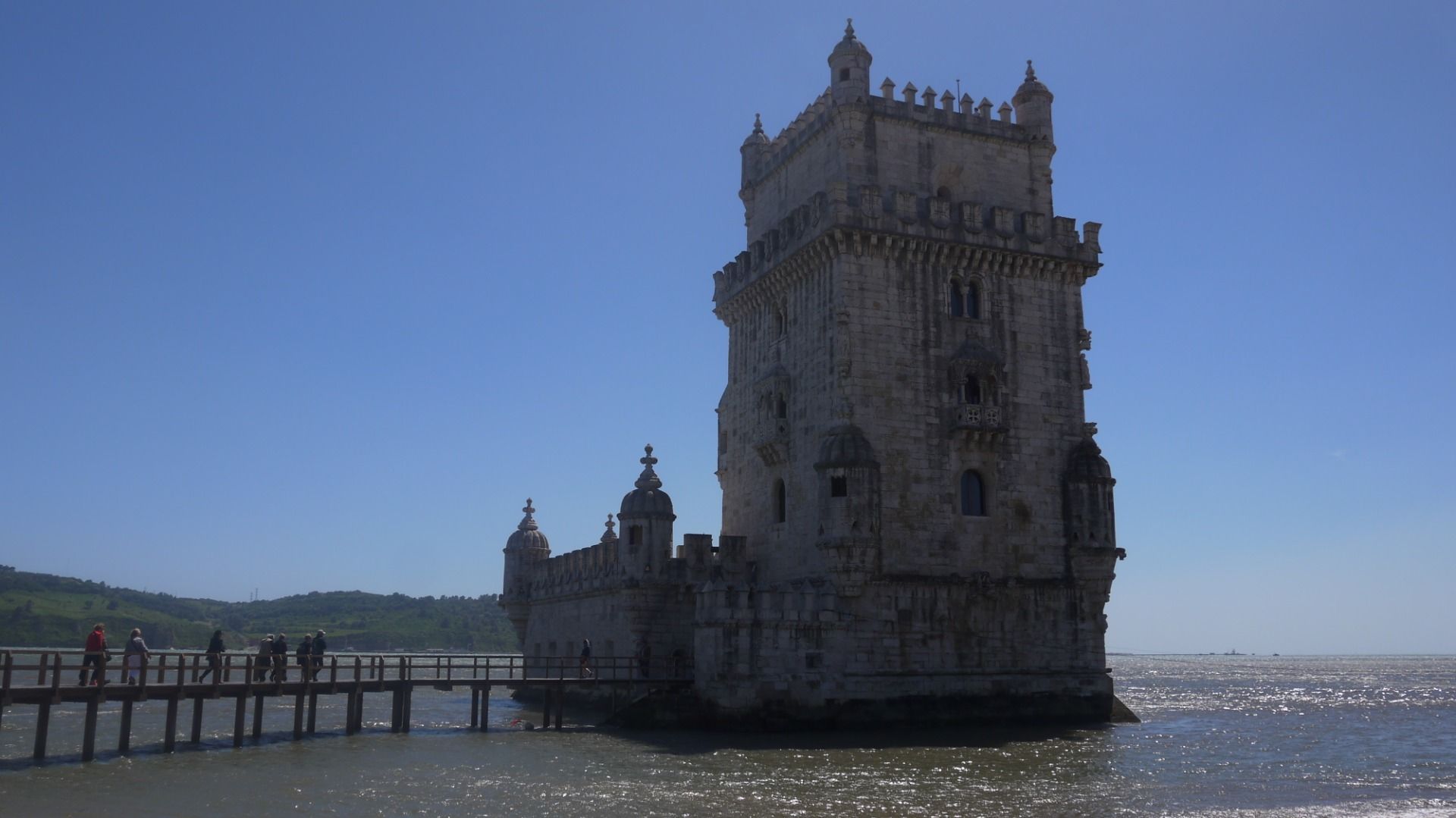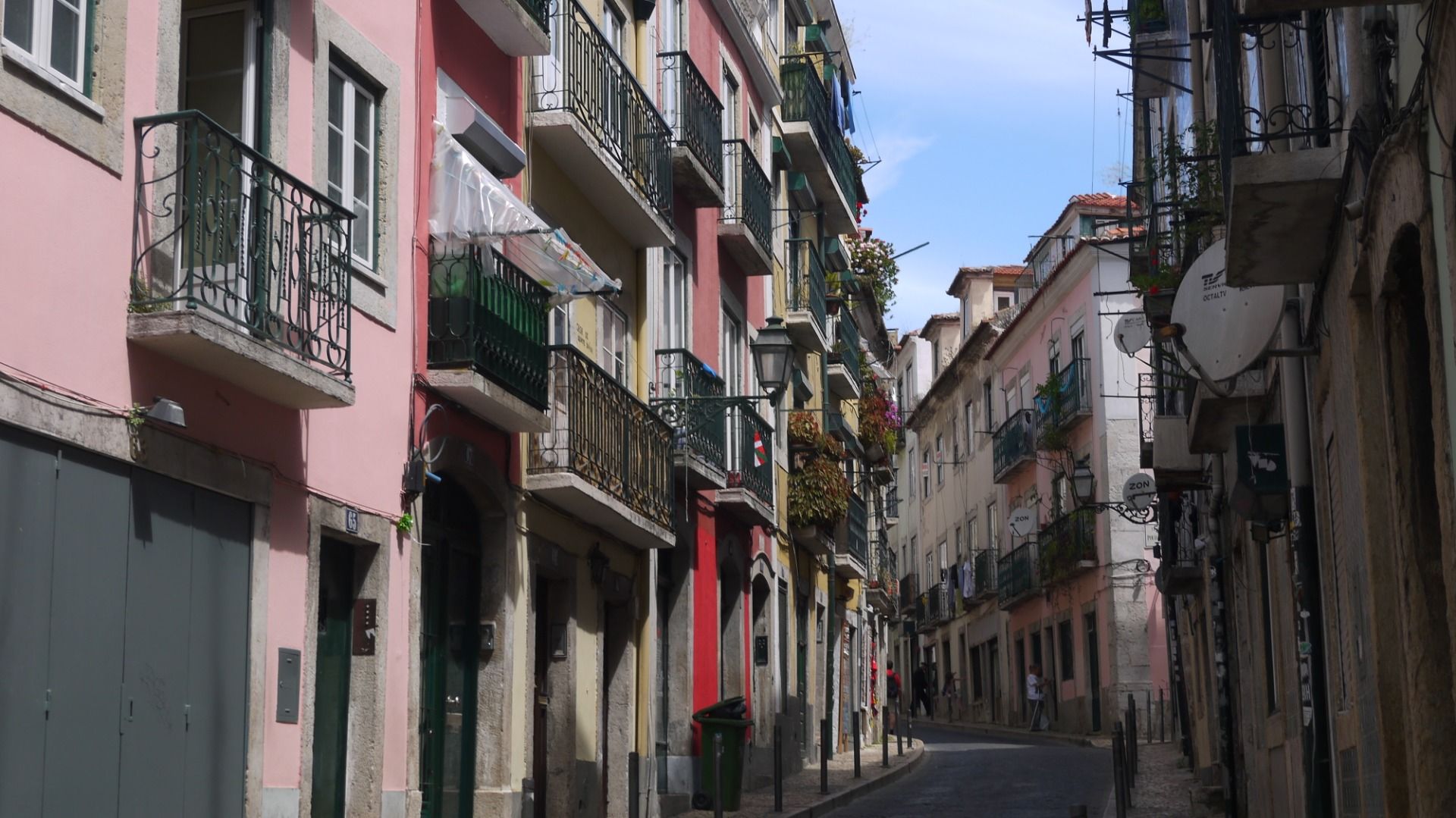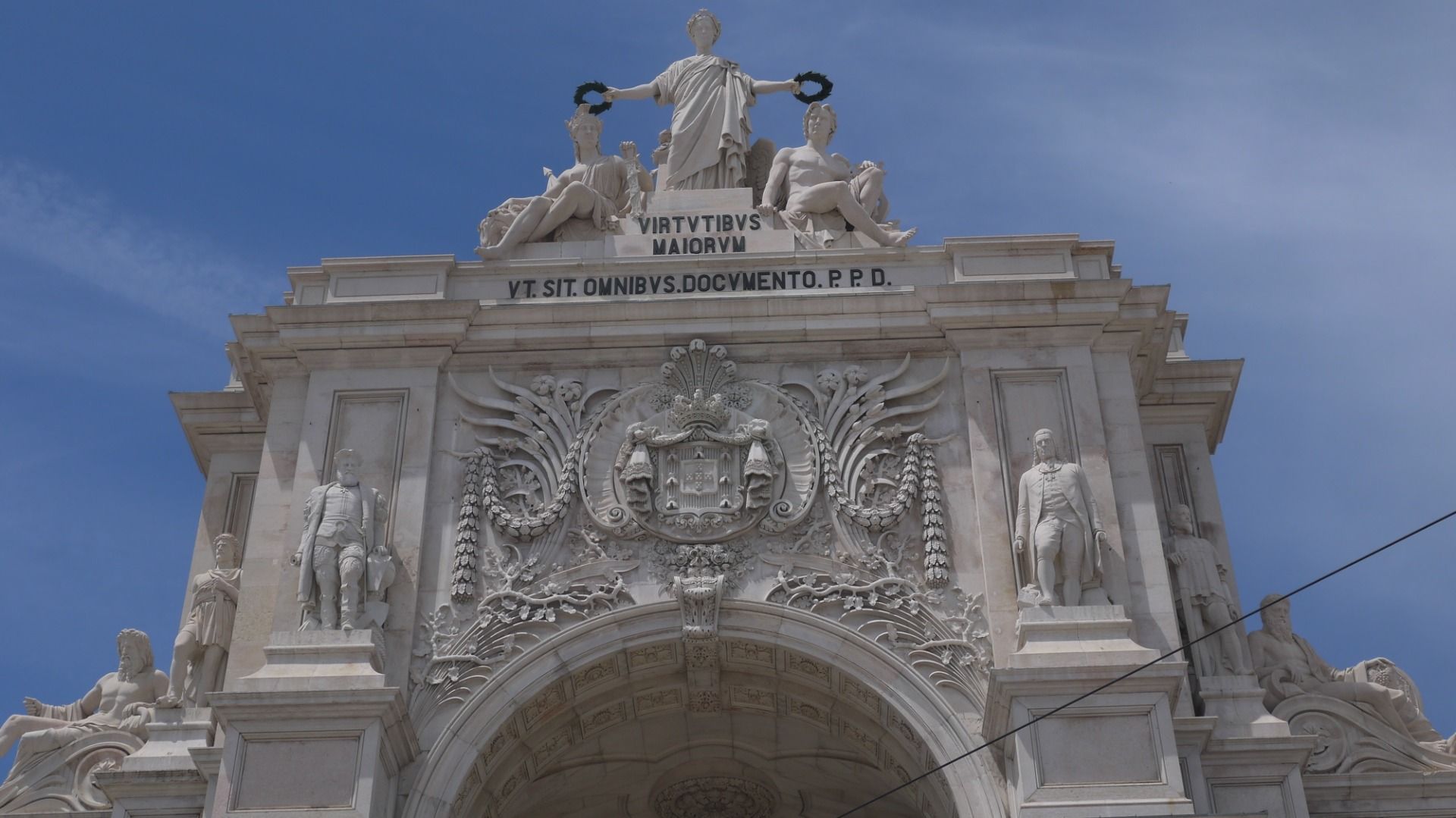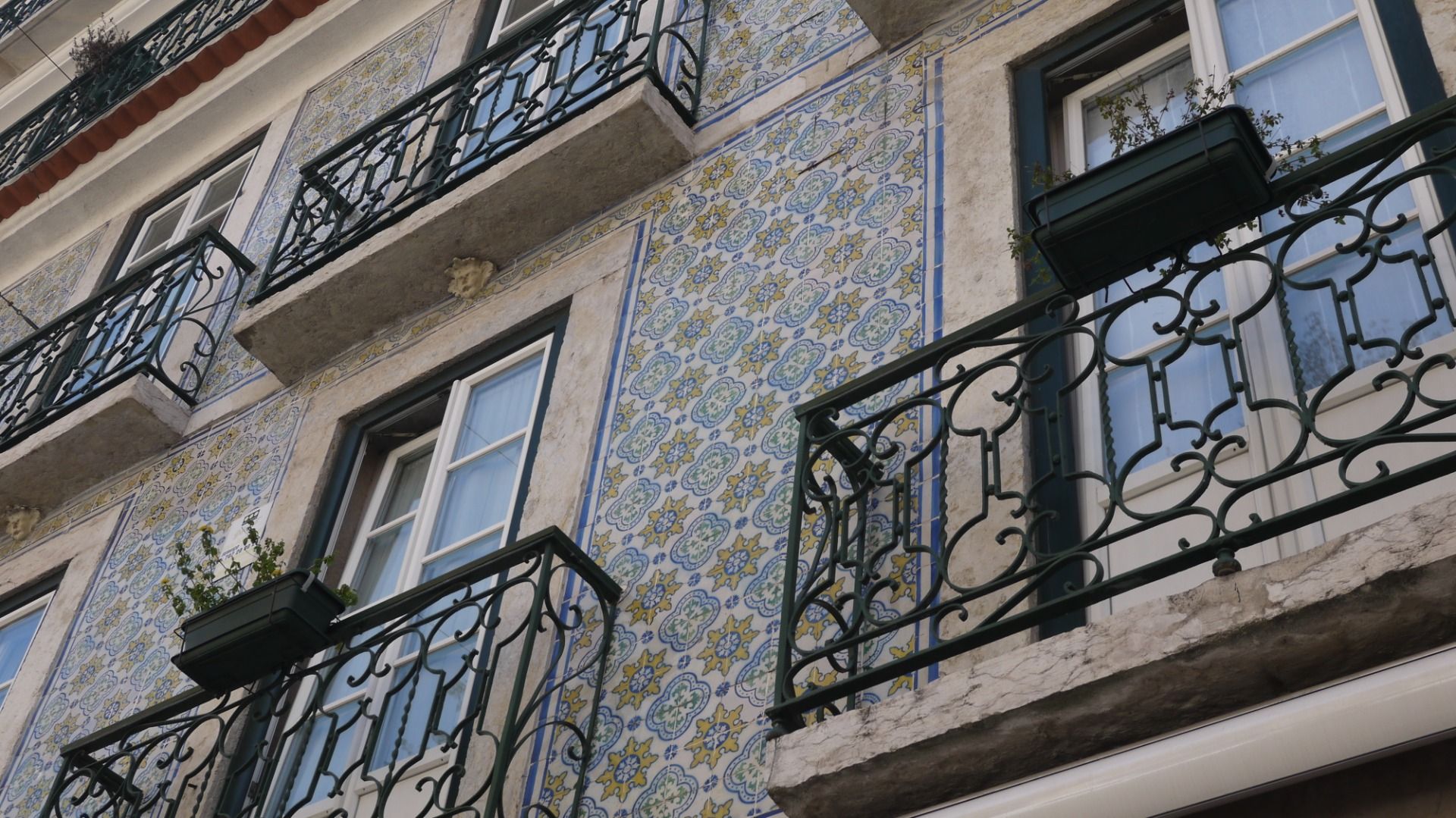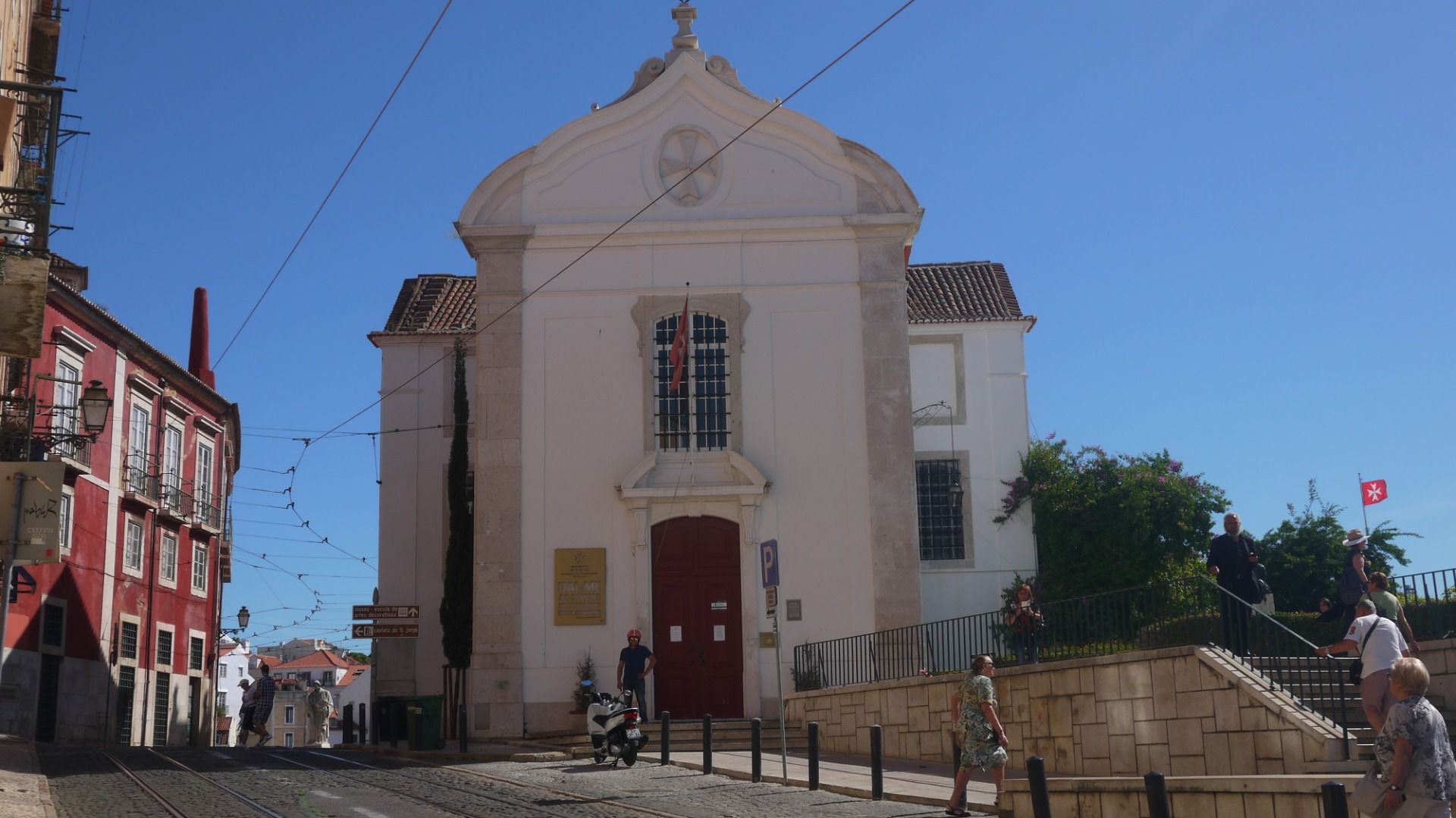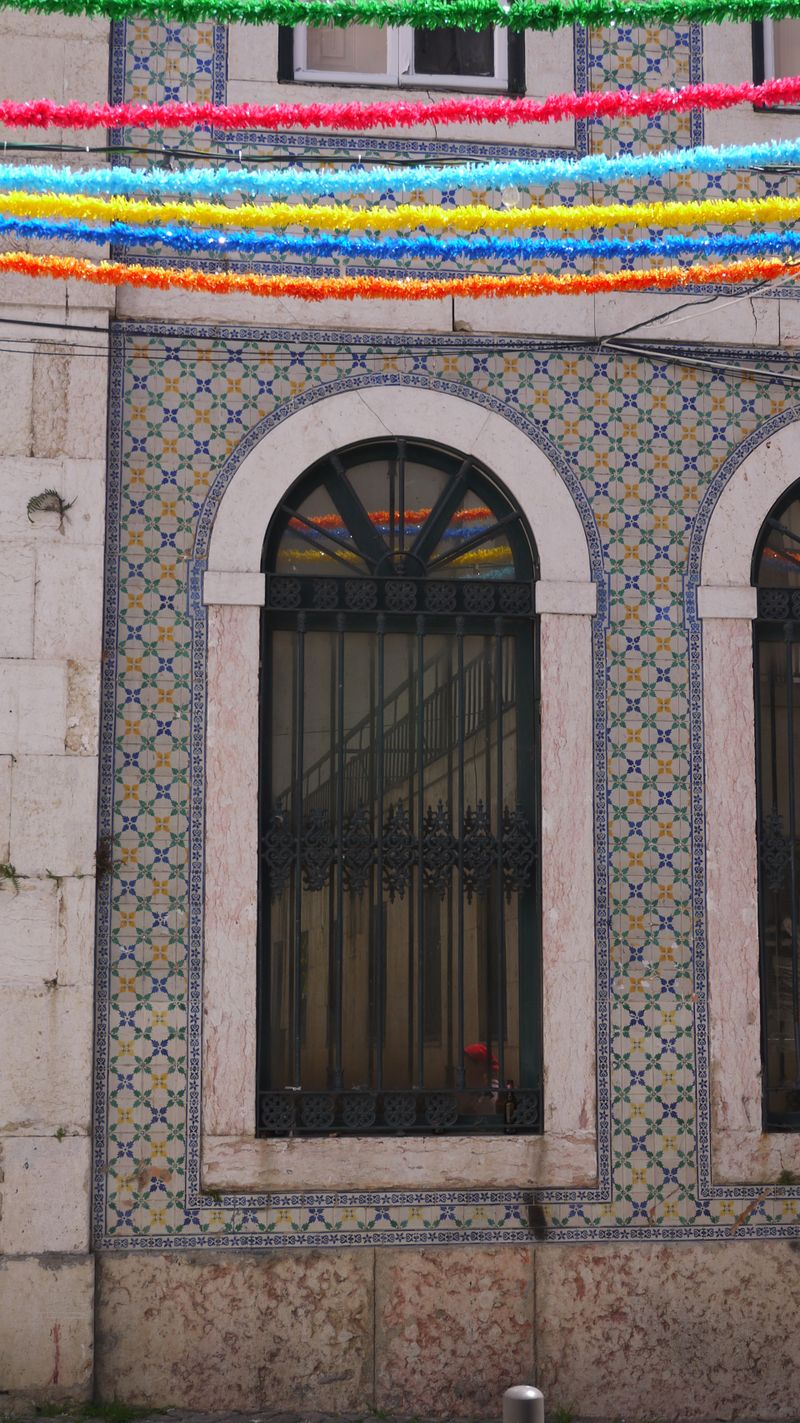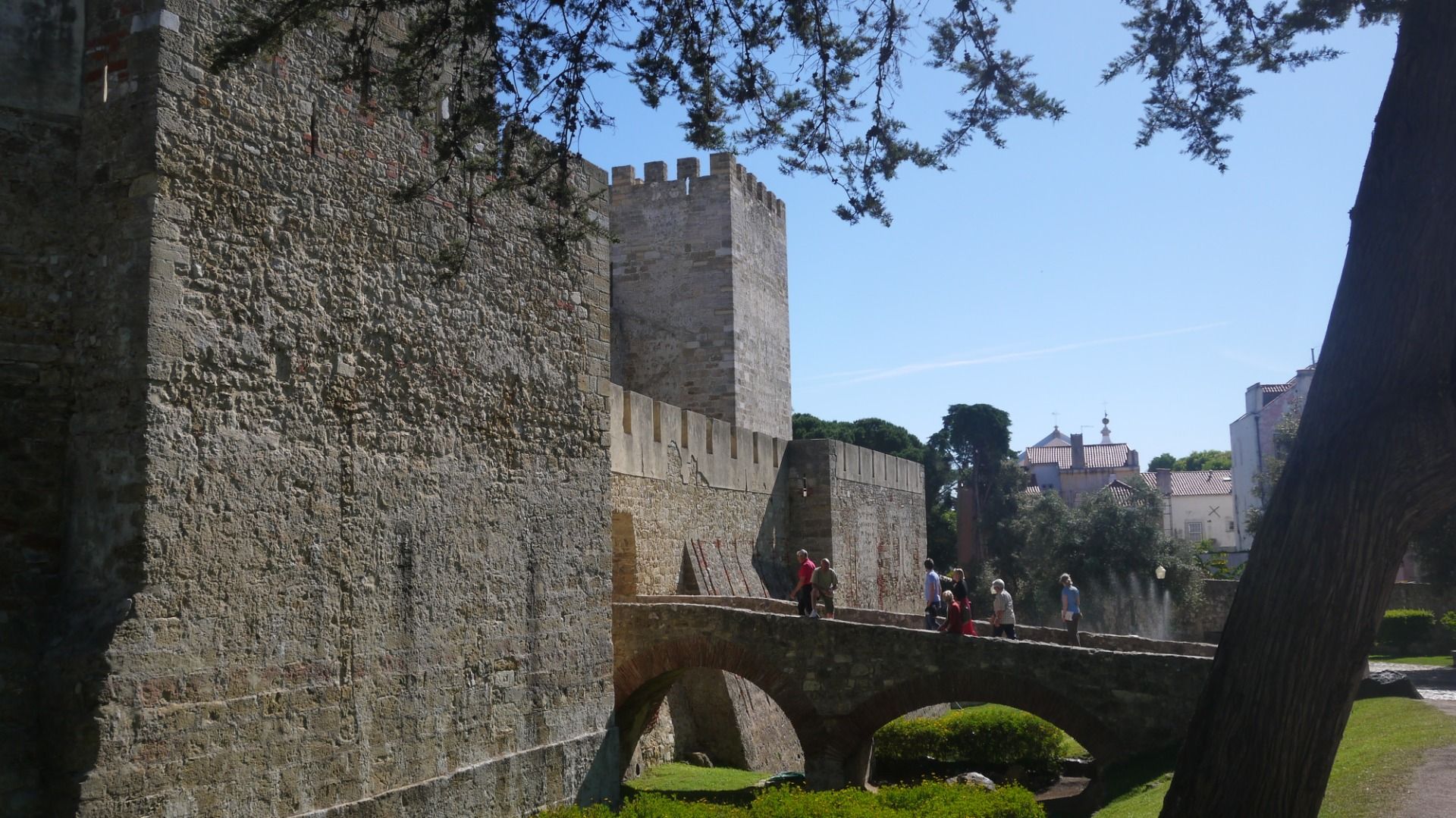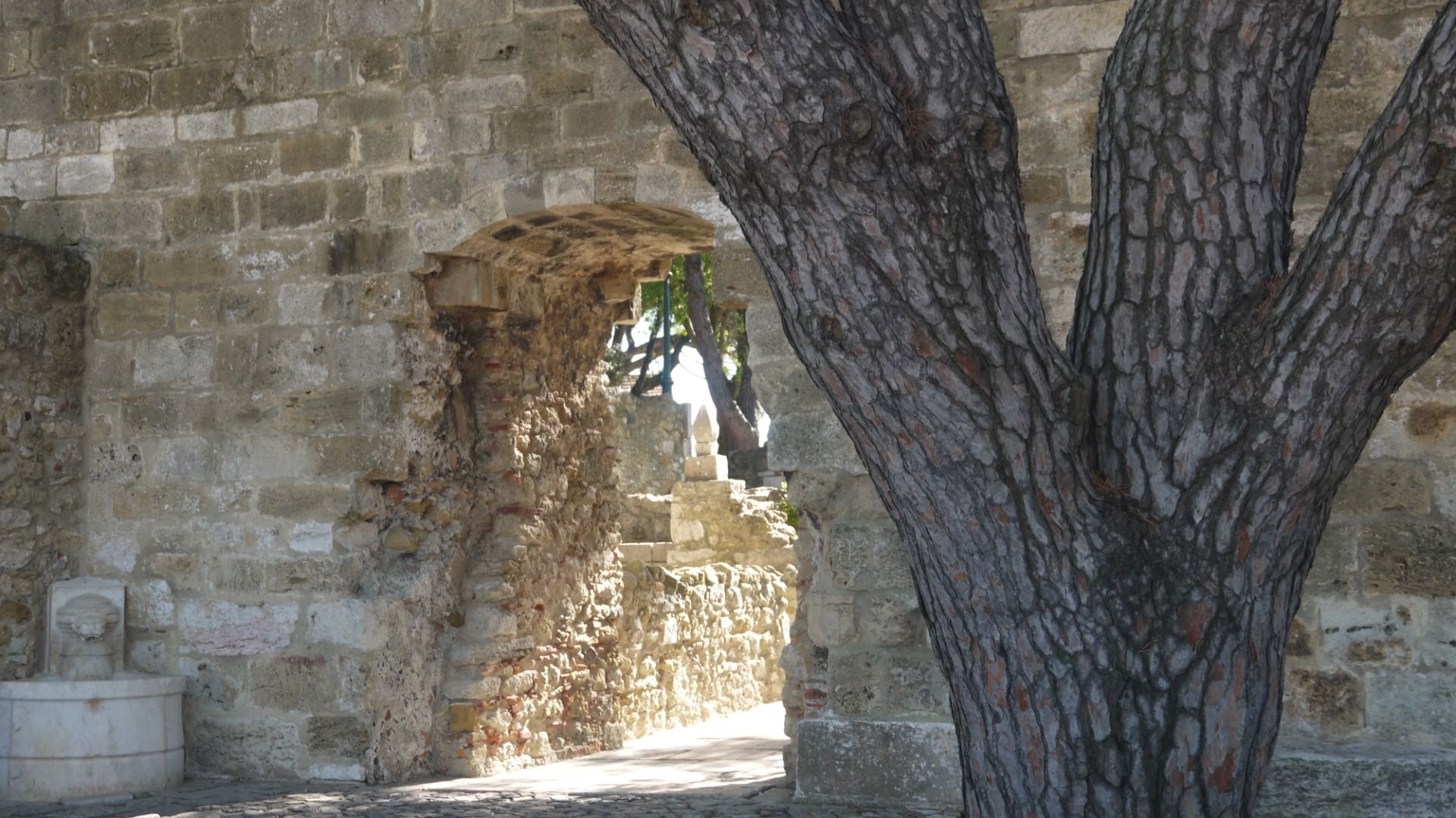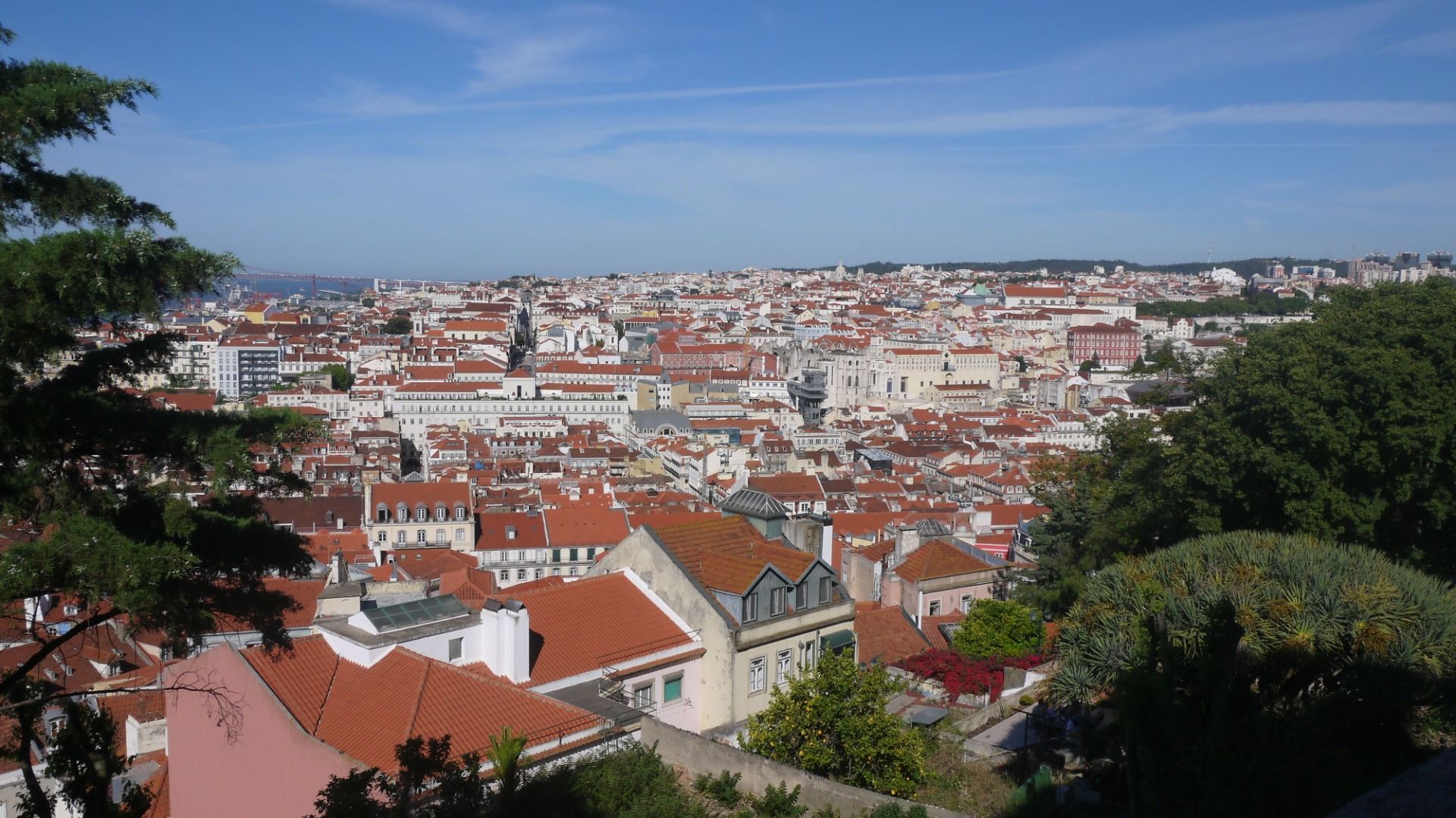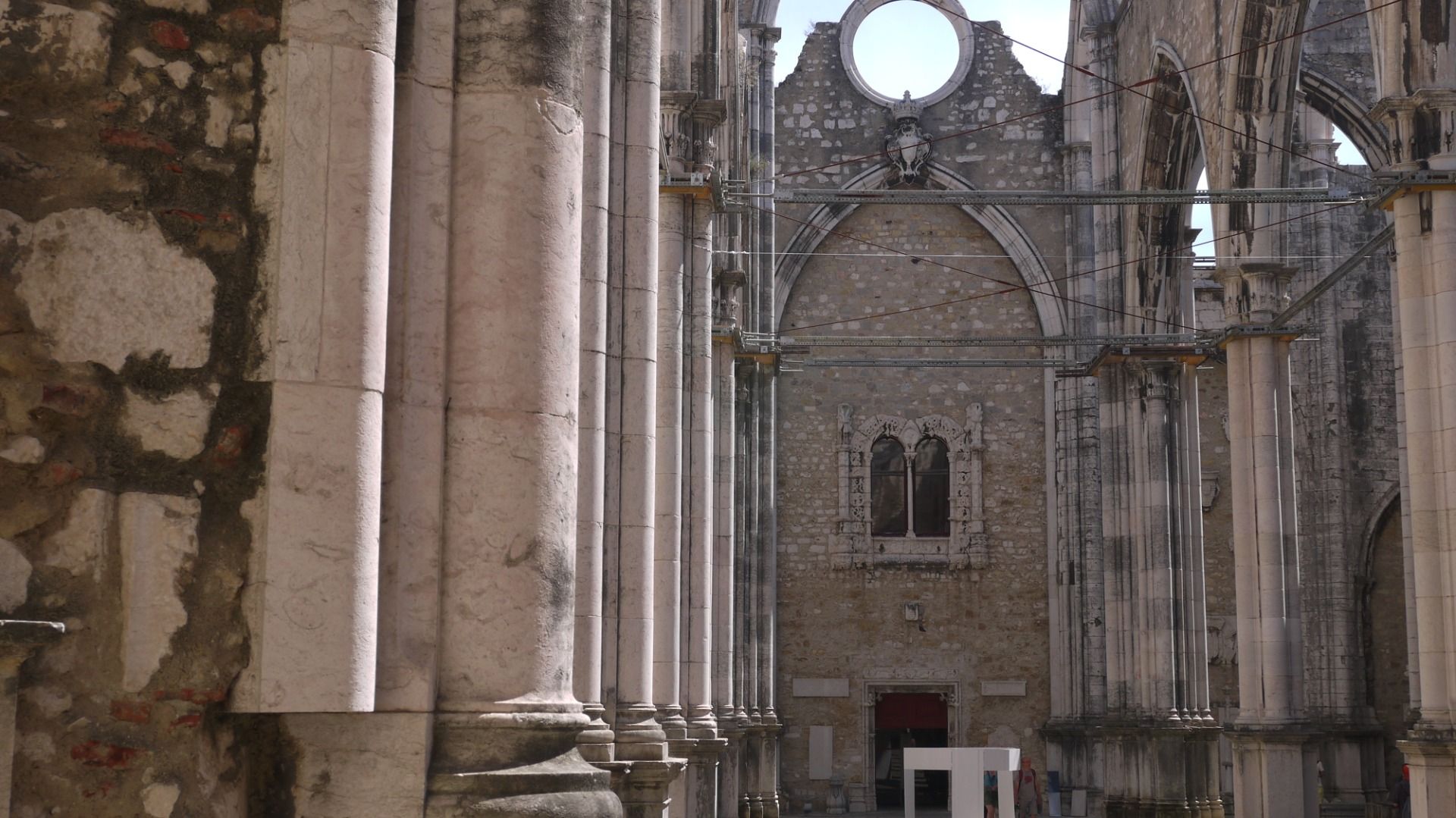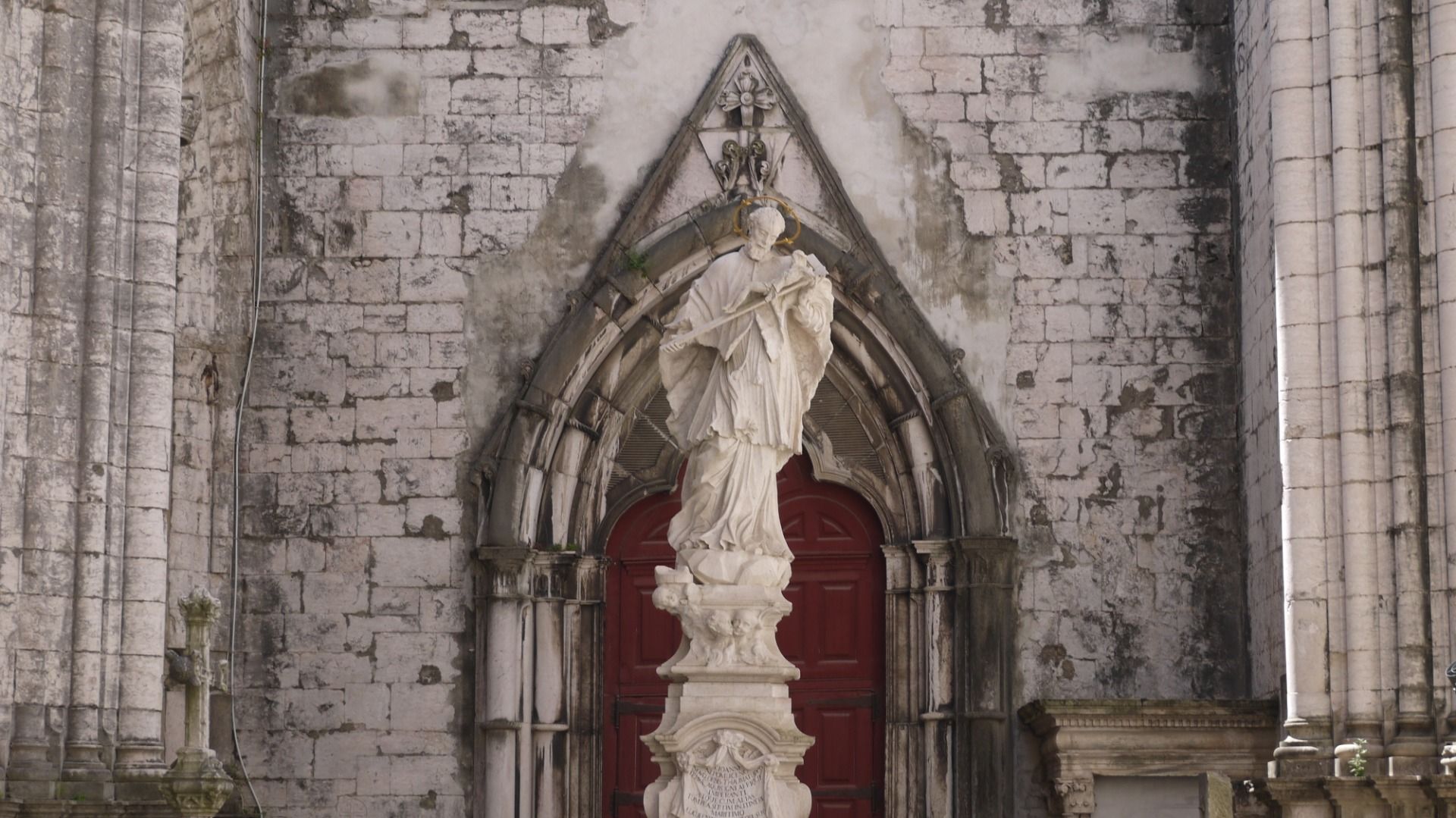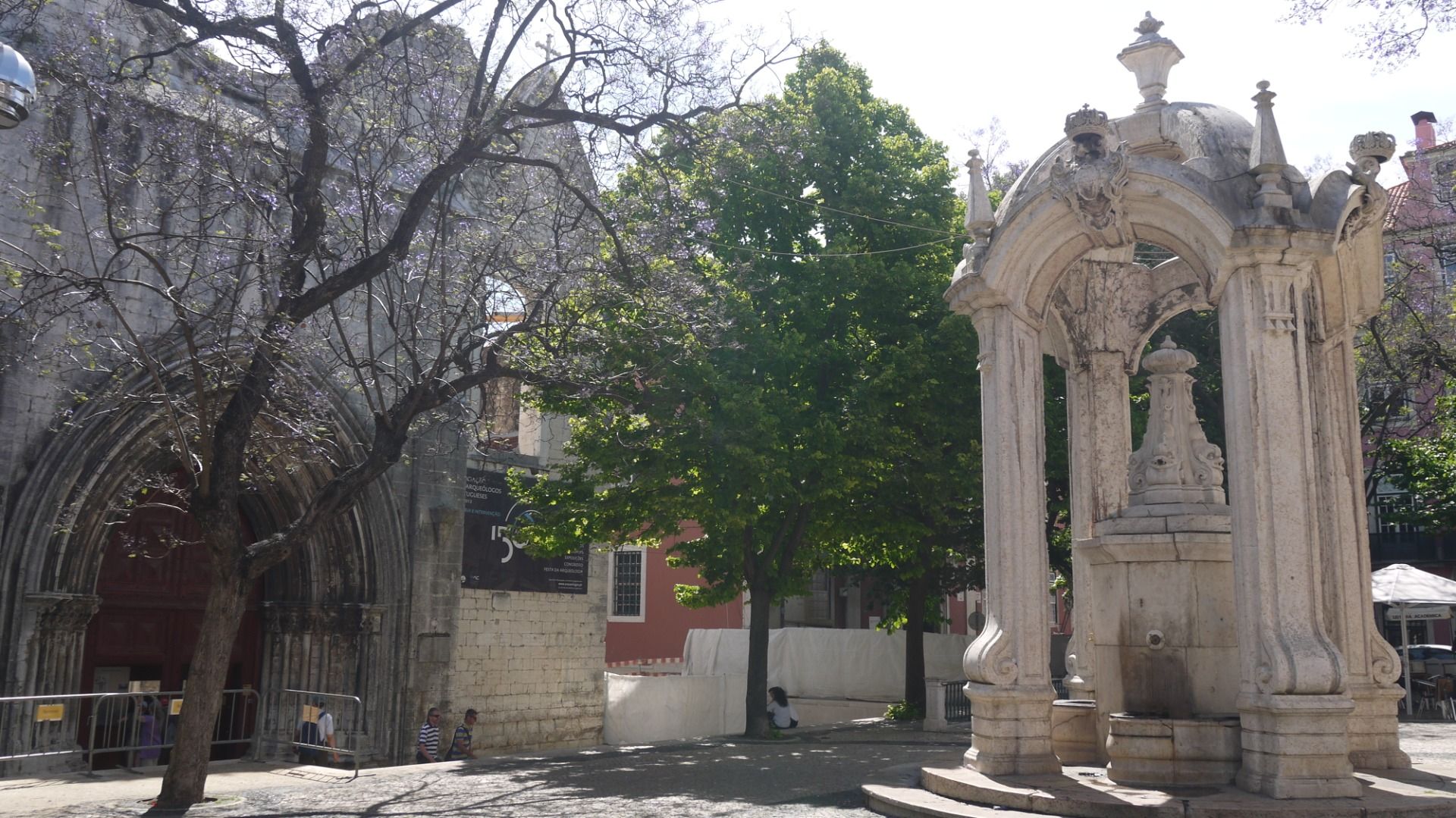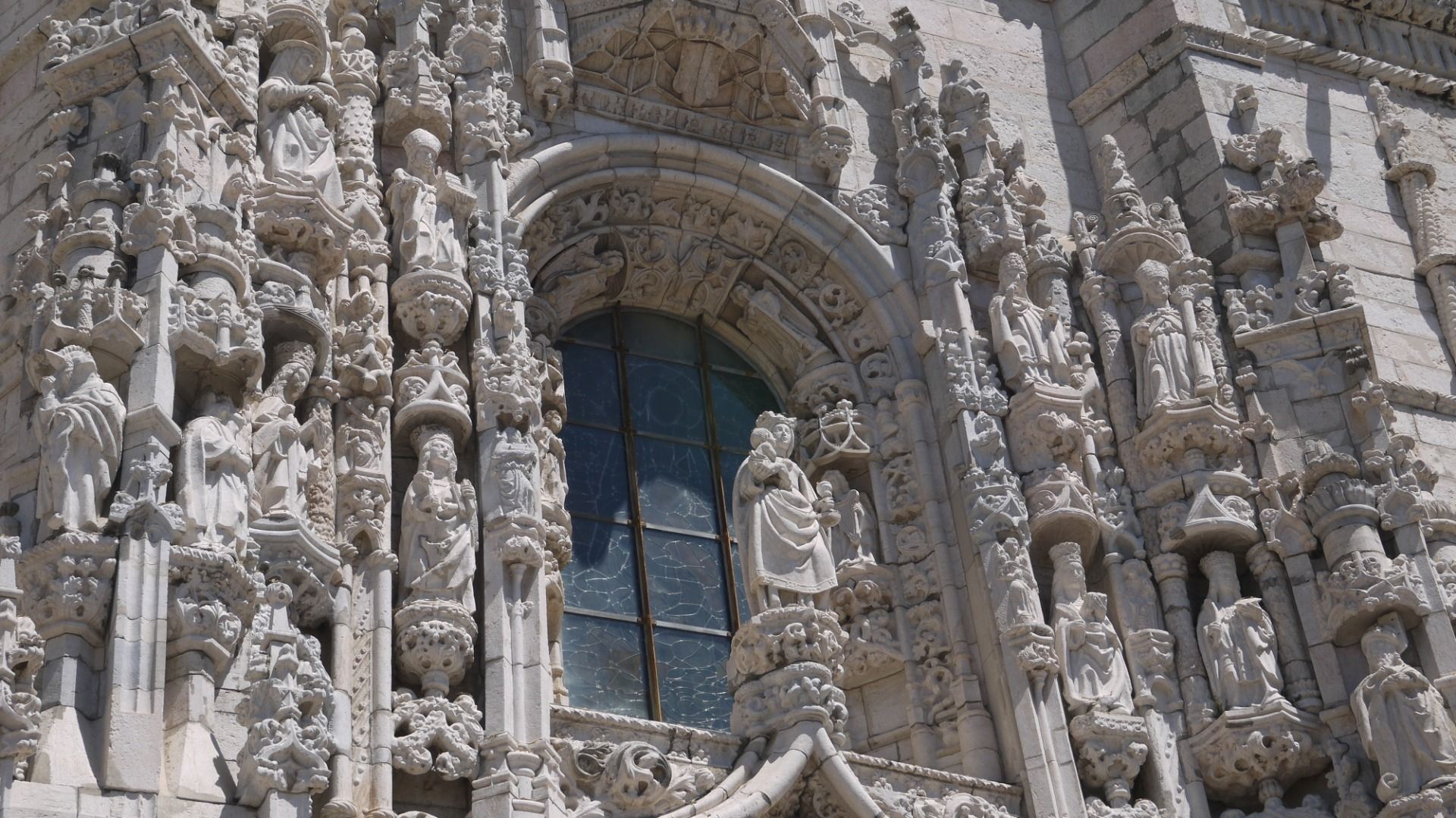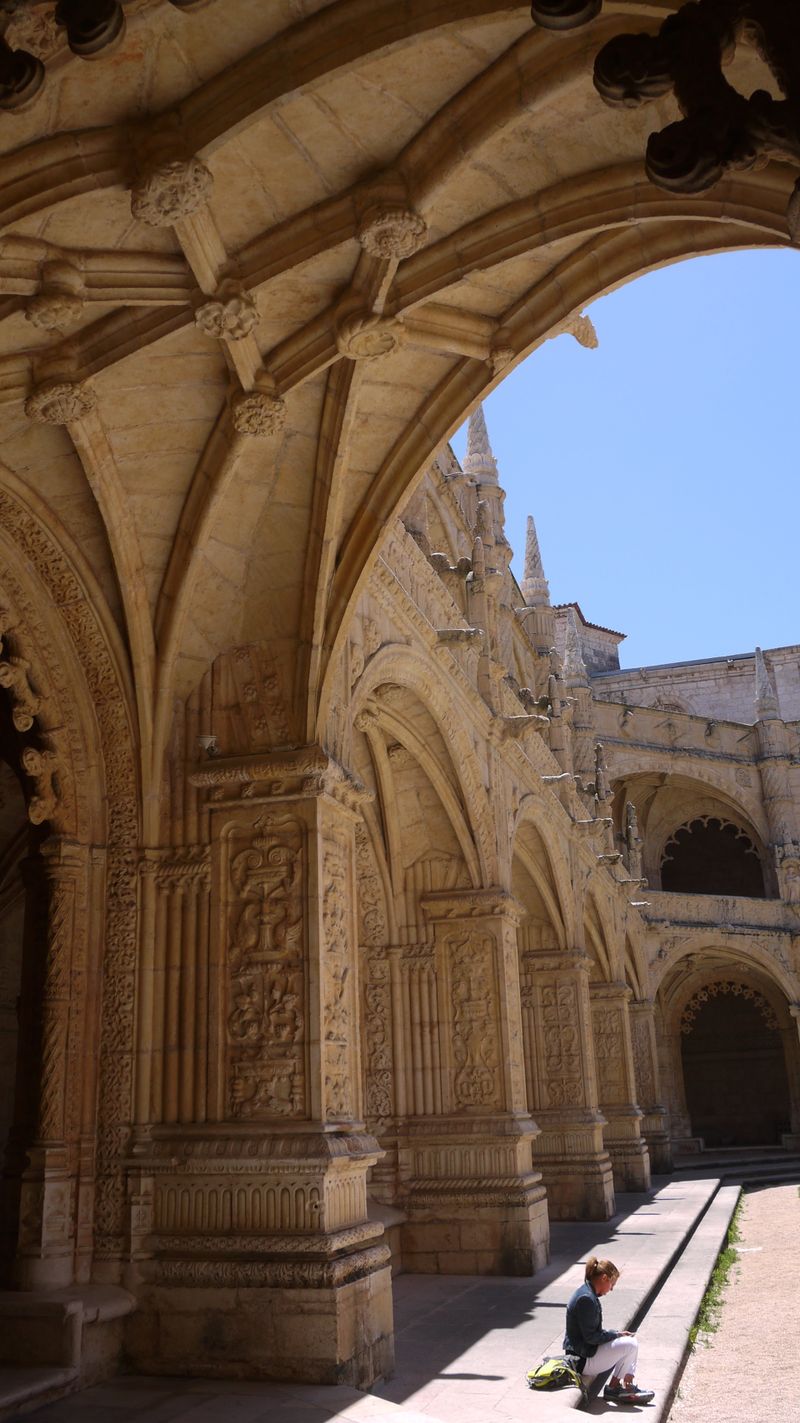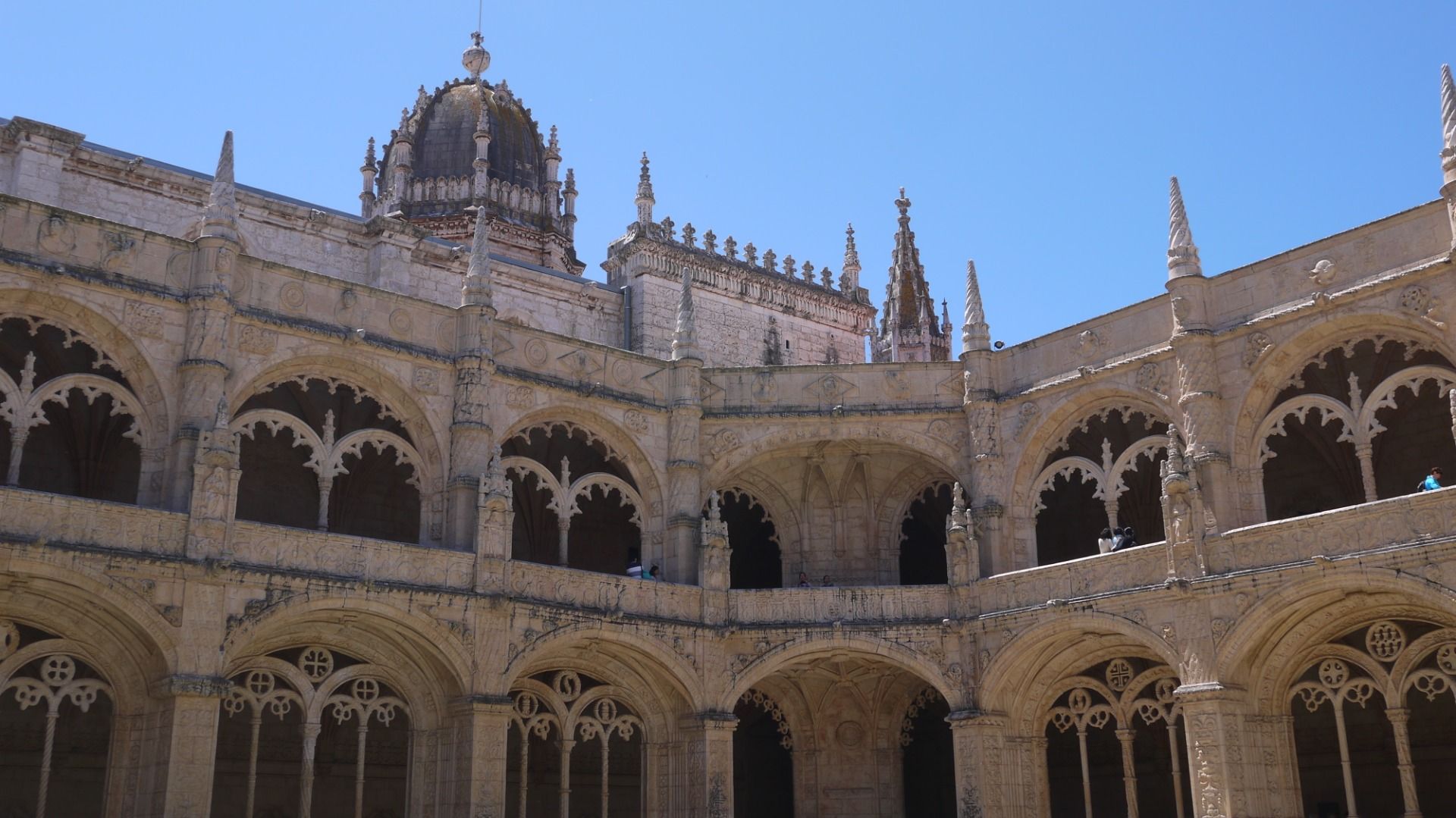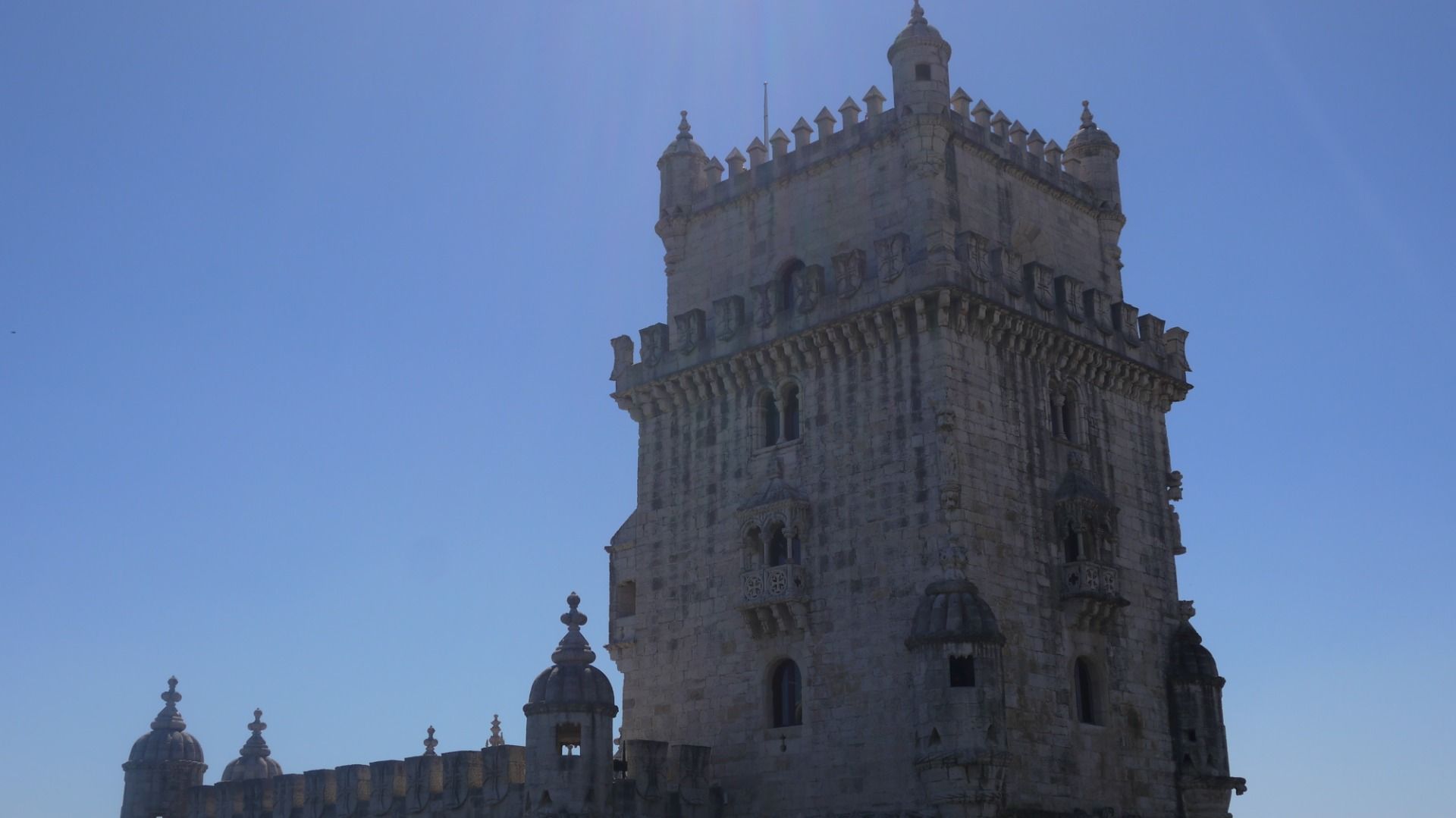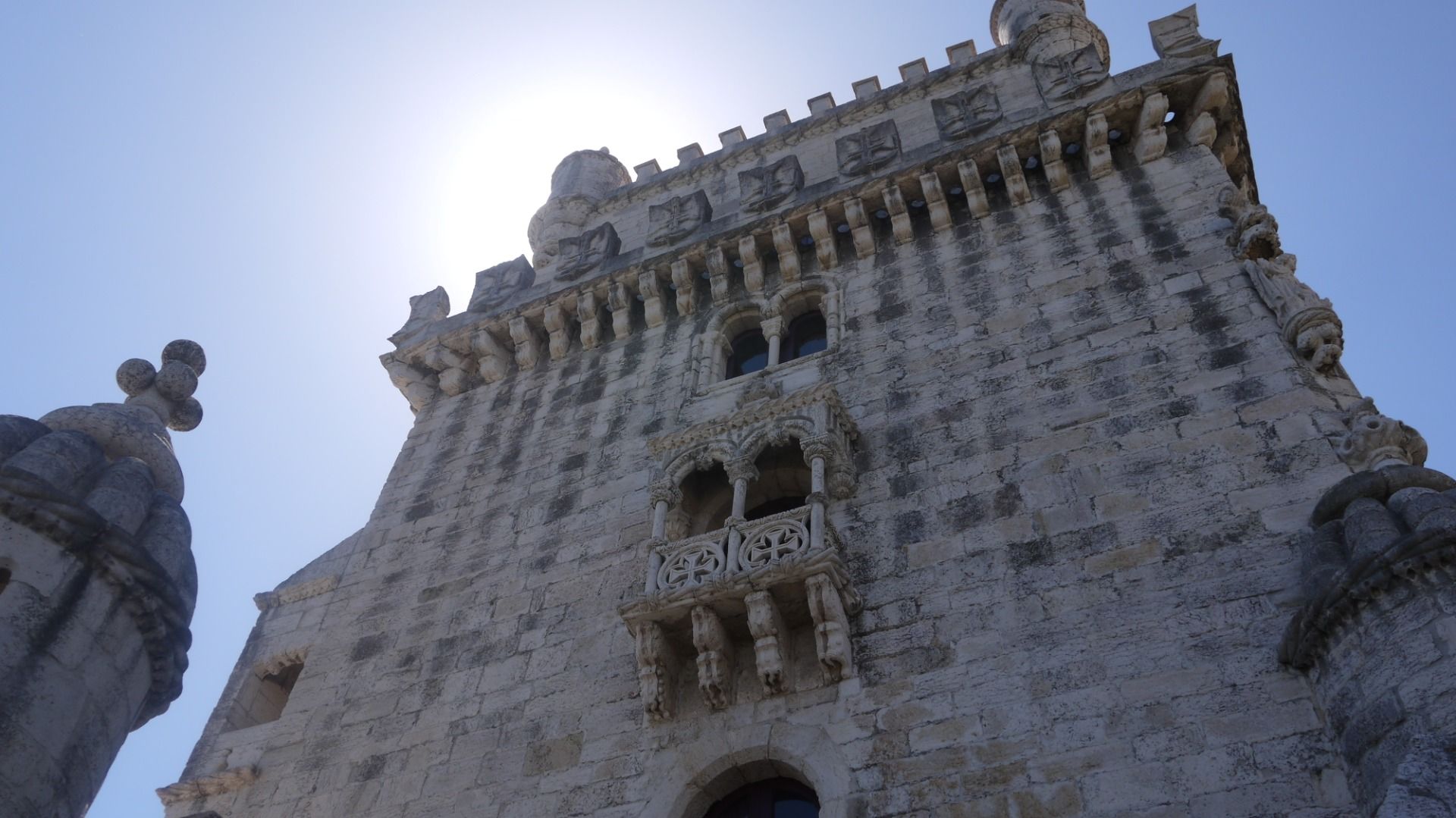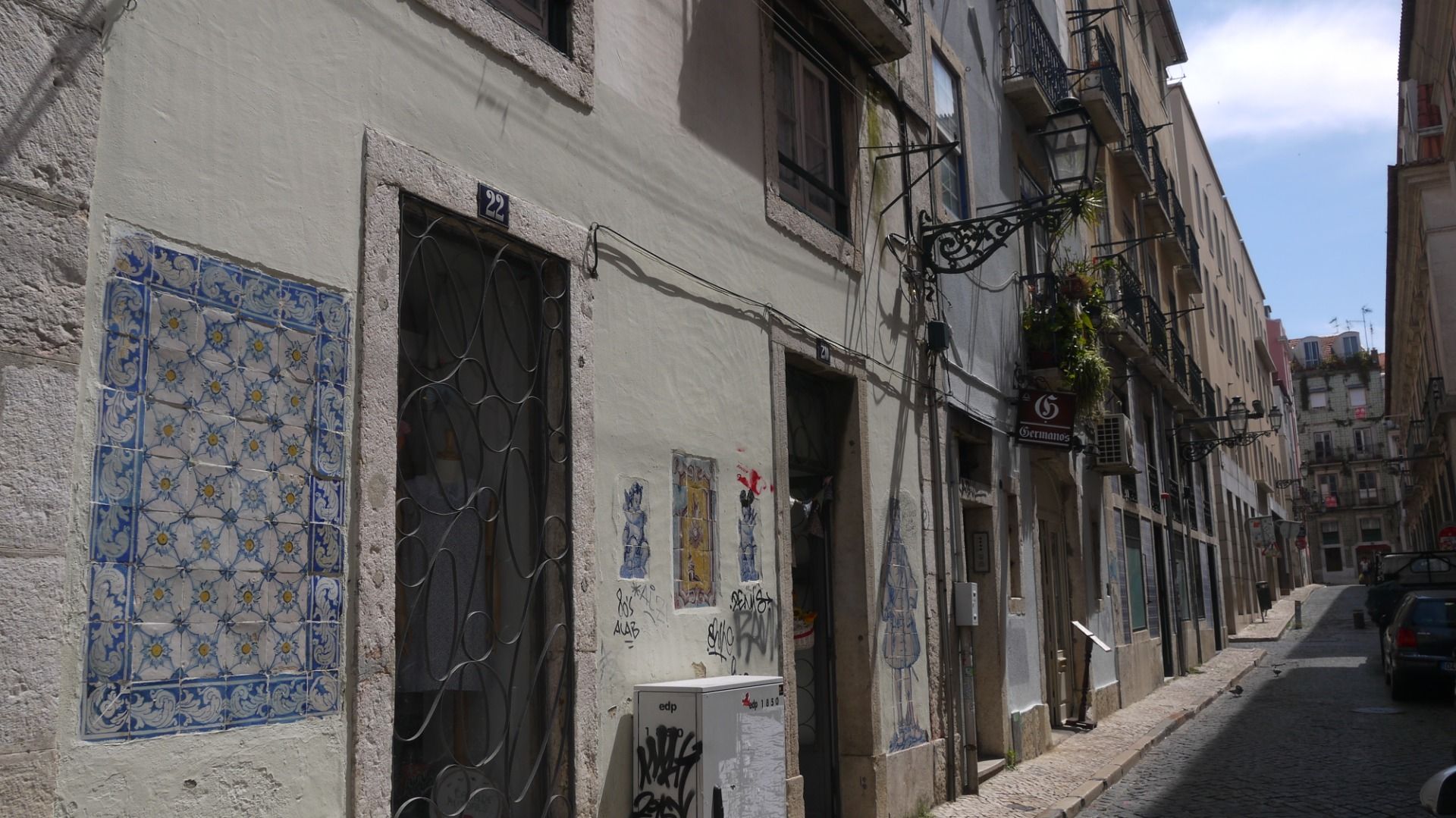Only a handful of European capital cities are located close to the sea. Lisbon is part of that short list. Water belongs to its urban landscape; it surrounds the city and shaped its culture and history, a history of explorers in a land of shipbuilders and sailors. The sea even pervades the city’s art and music and especially the fado, a music genre connected to the city’s maritime history. Some of the country’s finest beaches are even accessible within reasonable distance from the city centre. But the appeal of the Portuguese capital city goes way beyond its sunny climate and inviting Atlantic coastline close by.
Only a few European cities can offer such a wide range of experiences indeed. Diverse architecture reflecting the country’s rich history, tasty and budget-friendly food scene, atmospheric neighborhoods, stunning landscape, Lisbon truly has them all. This is no wonder though as Lisbon is the second oldest city in Europe and the cradle of Portuguese civilization, whose influence reached far and wide for centuries.
Taking a walk through Lisbon is a renewed pleasure for any history buff as it feels like flipping the pages of a history book. Although the city was heavily damaged by a tremendous earthquake in 1755, it managed to retain many of the historic buildings that make Lisbon such a patchwork of styles and architectures. The São Jorge Castle tells the tales of the Iberian Peninsula’s Moorish past while the Belem neighborhood brings back the golden Age of Discovery.
Walking through Lisbon is also a pleasure for all senses. It is as much about the unexpected discovery of a splendid tiled façade covered in painted ceramic tile work, the unique azulejos, as it is about sitting down in a local café to enjoy a pastel de nata, a delicious custard tart, or enjoying an emotional fado performance in a dimly-lit café at sundown. Down below is our top picks to make the most of this enchanting city.
The Alfama
The Alfama is Lisbon’s oldest district, which is no small feat in a city so old that it predates all European capital cities, except for Athens. Its name stems from the Arabic Al Hamma, meaning baths. The origin of this nickname must have been lost in history though, as this is no place for a steaming hot bath. Rather, the Alfama is one of the most visually stunning places in Lisbon and a neighborhood so quaint that it has also become the number one tourist highlight in the city.
Located on a slope going from the São Jorge Castle to the banks of the Tagus River, the Alfama is a maze of charming cobblestone streets so steep that the screeching sounds of the antiquated tramway passing by on a regular basis sound almost appealing to the ears.
Yet, the district is best discovered on foot as it allows to stop by an old forgotten church, take a seat at a local café playing live fado music or discover an unassuming street hiding beautiful façades covered in azulejos. All the way to the top of the Alfama Hill, you will also find a few must-visit cultural highlights like the Lisbon Cathedral, the oldest in the city, and the Baroque Church of Santa Gracia.
The São Jorge Castle
Walking all the way to the top of the Alfama Hill is exhausting, for sure, but there’s a reward that redeems the venture entirely. Standing on top of the hill like a cherry on top of the Alfama cake is one of the city’s most impressive buildings and a place of great historical significance, the São Jorge Castle.
The first fortifications built on the hill date back from the 1st century BC and the location was then occupied by the Phoenicians, Carthagians, Romans and Moors, as proof to its outstanding strategic value. Most of the current foundations of the castle date back to the Moorish occupation of Lisbon, including the castle walls and towers, but the Kingdom of Portugal took hold of the building during the 12th century Christian Reconquista and various Kings expanded on the building after they made Lisbon their capital in 1255, most notably by adding a walled compound that surrounded the entire building.
Due to its rich history, this medieval complex showcases different architectural styles and allows delving back into the city’s past like no other. Plus, it offers a sweeping view on the city that has almost no match, except maybe from the São Pedro de Alcântara lookout, a garden with a panoramic view over the city.
The Carmo Convent
In 1755 a disaster struck the city of Lisbon. An earthquake followed by fires and tsunami destroyed the city in such a magnitude that it later on came to be known as the Great Lisbon earthquake. Many buildings collapsed entirely and a great many others were so heavily damaged that they were demolished before they were reconstructed.
The 14th-century medieval Convent of Our Lady of Mount Carmel, nowadays known in short as the Carmo Convent, suffered the same fate. The earthquake destroyed an invaluable library comprising of 5000 volumes and damaged the building so badly that all clerics living there were forced to flee. Yet, despite the damage, the ruined building was never wrecked. A campaign of restoration was pushed in the 19th century and then in the early 20th-century, leading to the restoration of the façade and the reconstruction of the convent’s walls.
Nowadays, the convent stands in front of the Largo do Carmo square, still in ruins, but there is something deeply evocative and symbolic in these ruins. This is no gloomy place but instead, there is a nostalgic and peaceful vibe inside these walls, where stray cats come to enjoy a ray of sunshine and visitors come to reminisce the city’s past.
The Jerónimos Monastery
If one building were to stand out among all others in Lisbon, in terms of sheer beauty and architectural mastery, it would be the Jerónimos Monastery. Located in the Belém district, at the mouth of the Tagus River, the Monastery is a bit hard to reach as Belém is hardly accessible on foot from the city centre. It usually warrants a trip in a quaint tramway, which is an essential Lisbon experience. But even if it were not, discovering Belem is also an essential Lisbon experience in its own right.
Classified a UNESCO World Heritage Site in 1983, the Jerónimos Monastery began construction in 1501 and was only completed 100 years later. The Monastery is as dazzling on the outside as it is in the inside, with its richly decorated pillars, ornate cloister arches, azulejos tiles and ornate stained glasses, and it truly is the culmination of Portuguese architecture.
Indeed, the building is Lisbon’s most prominent example of the Manueline style of architecture, a uniquely Portuguese style of the first decades of the 16th century incorporating maritime elements, depictions of the discoveries of great Portuguese explorers such as Vasco de Gama and styles from European countries such as Spain, Italy and Flanders. This lavish style, which is considered to showcase the transition from Gothic to Renaissance style, was financed by spice trades in India and Africa and is intrinsically linked to the Portuguese Age of Discovery.
The Belém Tower
Another UNESCO World Heritage Site, the Tower of Belém was built during the same century as the Jerónimos Monastery and is also considered a prime example of Portuguese Renaissance architecture and Manueline style. Officially called the Tower of Saint-Vincent, this 16th-century fortification served as a fortress and was designed as a defense system for the mouth of the Tagus River by military architect Francisco de Arruda.
The Tower is located at walking distance from the Jerónimos Monastery and it can be admired from the outside but also from the inside, which is open for tourists and showcases the Governor’s Hall on the first floor, the King’s Hall on the second and a vaulted chapel on the uppermost floor. As iconic as it may be, the Belém Tower now has its counterpart on the northern bank of the Tagus River, located a mere ten minutes away by foot.
The fairly modern Monument of the Discoveries, constructed in 1939, indeed stands as a celebration of the Portuguese Age of Discovery representing famed navigators, missionaries and cartographers such as Ferdinand Magellan, Vasco de Gama Saint Francis Xavier. This romanticized version of the Portuguese foreign explorations might seem a bit obsolete nowadays but it showcases the undeniable impact of Portuguese explorers on the country’s history, and on the history of the world as a whole.
Lisbon is truly one of the greatest city breaks in Europe, whether it is for a couple days or for a week, as an introduction to Portugal or as a conclusion to a trip throughout the country. Its historical heritage, enticing atmosphere and unique architectural traditions are just some of the reasons why you should definitely put it on your bucket list.


